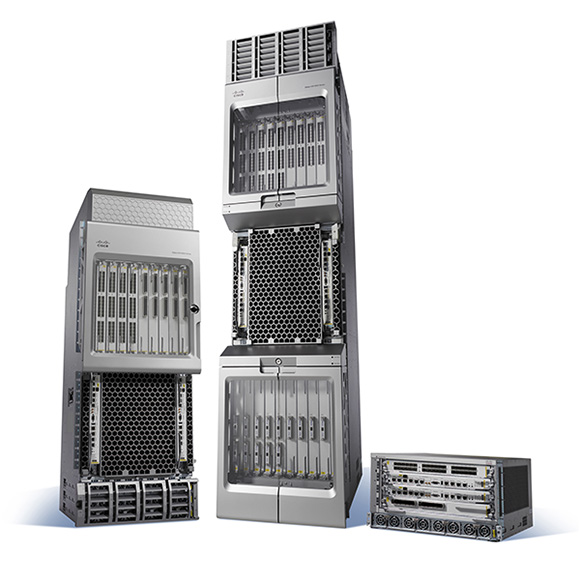
Understanding the Cisco 3750 Product Line
Selecting the right switch for your networking project can be a difficult process, especially given the huge variety of Cisco switches available on the market. Finding a switch that has all the features you need, without paying for features you won’t use, is a delicate balance.
The 3750 Series is one of Cisco’s most popular switching lines, consisting of energy efficient Layer 3 stacking switches. This series has been around for a long time, and has evolved as network demands and standards have grown and changed, growing from the original ‘3750’, to the ‘3750G’, and now to the ‘3750X’. While all of these switches support the base features of the 3750 platform (stacking, Layer 3 switching, and available Power over Ethernet), choosing the 3750 that best fits your needs can still be a challenge. The rest of this document aims to explain the basic differences between these platforms, enabling you to pick the right layer 3 switch for the task at hand.
Port Speed
3750
3750G
3750X
Stacking
Another key feature of this product line is the ability to stack multiple 3750 switches together to form a single logical switch. This allows for a mixture of switches to be combined, allowing for varied port density, port type, and PoE capacity similar to what you would expect from a modular switch such as a 6509. When stacked, the 3750 and 3750G units behave as a single switch, managed by a single master switch, and connected by high throughput StackWise cabling. This StackWise connection creates a 32-Gbps interconnected loop supporting up to 9 3750 switches, allowing for the creation of a single logical switch with up to 468 Ethernet ports, vastly improving the total inter-switch throughput and ease of administration for the stack.
The 3750X series of switches utilize an upgraded version of this technology called “StackWise Plus”. StackWise Plus features a new stacking cable, supporting speeds of up to 64Gbps across the stack – double what the 3750 and 3750G offer. StackWise Plus also improves upon the networking logic of the previous stacking protocol, limiting the number of hops packets must traverse on the stack in order to reach their destinations, greatly improving the practical forwarding capacity of the switch stack. The 3750X series also introduces StackPower technology, allowing for power to be passed from unit to unit, increasing stack resiliency and PoE support for each member switch.
Redundancy and Modularity
The 3750X is the only 3750 switch that allows for almost complete modularity and redundancy of its parts. While the 3750 and 3750G have internal fans and a single internal power supply, the 3750X has a pair of field replaceable fans, a pair of field replaceable redundant power supplies, and modular uplink options. While these features do come at a cost, for many enterprise and datacenter applications redundant field replaceable power supplies and fans are an absolute must-have.
Choosing the Right 3750 Switch
In short, all three of these switches have their place in today’s networks. For 10/100 Fast Ethernet applications where cost savings are a requirement, the base level 3750 is still a solid option. For the majority of small businesses, branch locations, and other networks where you need gigabit speeds, fiber uplinks and a powerful array of layer 3 switching features, the 3750G is a perfect combination of affordability, reliability, and speed. For enterprise applications that need the top of the line, however, the 3750X is the only choice. With 10G uplink support, modular redundant power supplies and fans, and a 64Gbps stacking throughput, the 3750X is well worth it’s increased cost.















